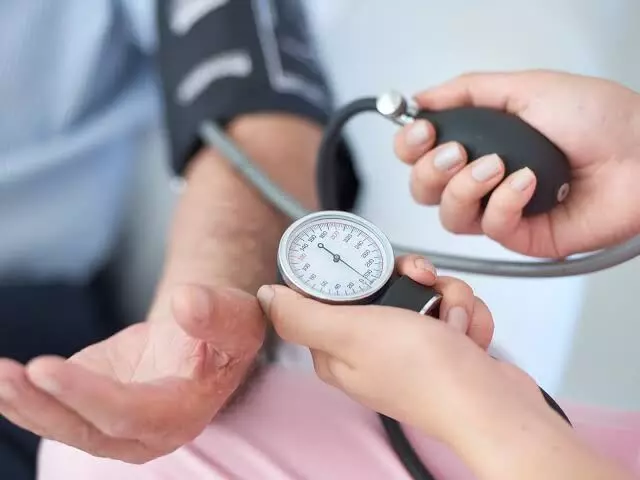Doctor speaks: What is hypotension? How can it be treated
Hypotension is a medical term used to describe low blood pressure, and it can be considered a "not-entity" because it's typically a symptom of an underlying issue rather than a standalone condition
By Anoushka Caroline Williams
Representational Image
Hyderabad: Hypotension, often referred to as low blood pressure (BP), is a medical condition that, in most cases, doesn't require treatment.
However, when it becomes symptomatic, addressing the underlying cause becomes crucial.
Dr. Neelwanti Soni, General Physician at Apollo Medical Centre, Kondapur helps us explore the difference between hypotension and low blood pressure, their symptoms, causes, and available treatment options.
Understanding Hypotension and Low Blood Pressure:
Hypotension is essentially a medical term used to describe low blood pressure, and it can be considered a "not-entity" because it's typically a symptom of an underlying issue rather than a standalone condition. The normal range for blood pressure is typically defined as 90/60 mm Hg or higher, and a BP reading below this threshold is classified as hypotensive.
Symptoms of Hypotension:
1. Dizziness
2. Nausea
3. Low stamina
4. Chronic fatigue
5. Cold extremities
6. Palpitations
7. Shallow/rapid breathing
8. Confusion/mental fog
9. Loss of consciousness
10. Weak pulse
11. Inability to participate in prolonged mental or physical activity
Types of Hypotension:
1. Benign or Idiopathic: Typically asymptomatic and benign.
2. Disruptive Shock: Associated with failure to maintain total peripheral resistance, such as anaphylactic allergic reactions.
3. Cardiogenic Shock: Results from inadequate cardiac output.
4. Hypovolemic Shock: Arises due to a significant loss of blood volume.
5. Obstructive Shock: Occurs when there's an obstruction, constriction, or compression of cardiovascular structures.
6. Combined-type hypotensive Shock: A combination of different factors leading to hypotension.
Causes and Factors Affecting BP:
Factors influencing blood pressure include cardiac output, heart rate, mean arterial pressure, and mean venous pressure. Hypotension can be caused by various underlying conditions, and it's important to determine the root cause for appropriate management.
Treatment Strategies:
1. Non-Pharmacological Management:
- Maintain a healthy diet with low carbohydrates and smaller, more frequent meals.
- Stay well-hydrated.
- Avoid alcohol.
- Consider meditation, yoga, or other relaxation techniques.
- Prolonged standing or the use of compression stockings can help.
2. Pharmacological Management:
- Fludrocortisone and Midodrine may be prescribed for chronic and symptomatic hypotension under medical supervision.
- Medications are typically reserved for cases where non-pharmacological measures are ineffective or the underlying condition requires specific treatment.
The Importance of Evaluation:
If you suspect hypotension or low blood pressure, it's essential to consult a healthcare professional for a thorough evaluation. Hypotension is often a sign of an underlying condition that needs attention. While benign hypotension usually has a favorable prognosis, symptomatic hypotension's outcome varies depending on its severity and underlying cause.
Understanding the difference between hypotension and low blood pressure is crucial for effective management.
Hypotension is a symptom that signals an underlying issue, and its treatment should primarily focus on addressing the root cause while providing relief from symptoms.
Whether you're experiencing benign or symptomatic hypotension, consulting a healthcare provider is essential for proper diagnosis and guidance on the most suitable treatment approach.